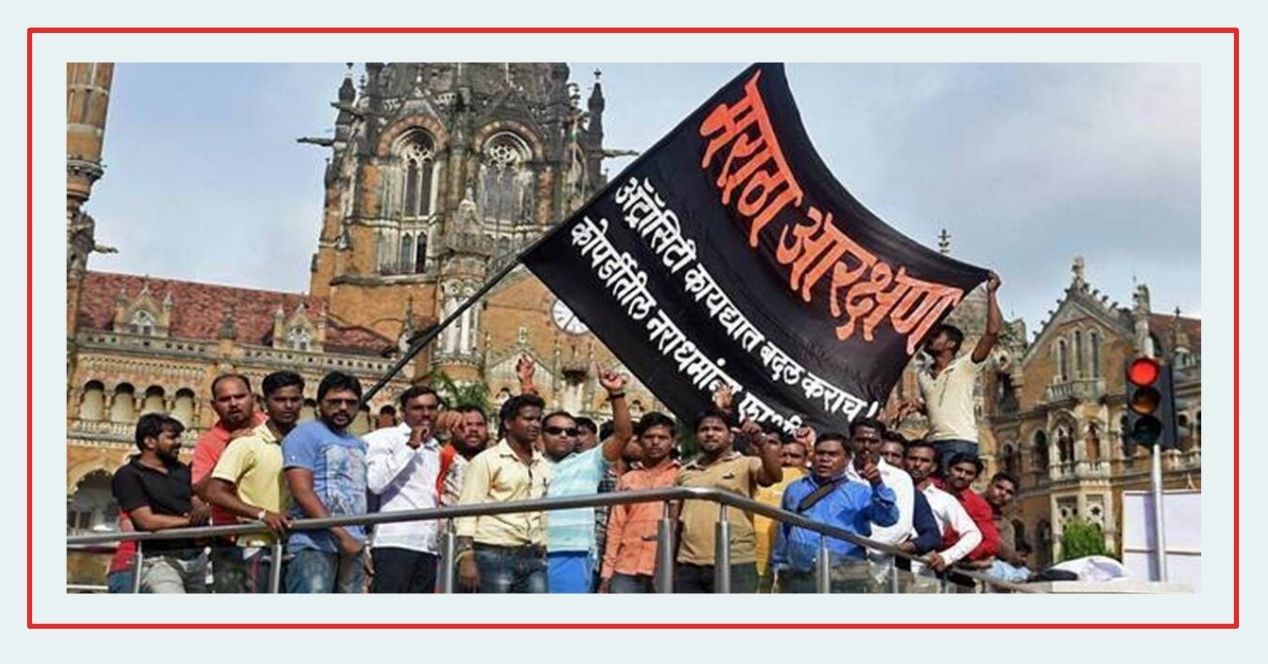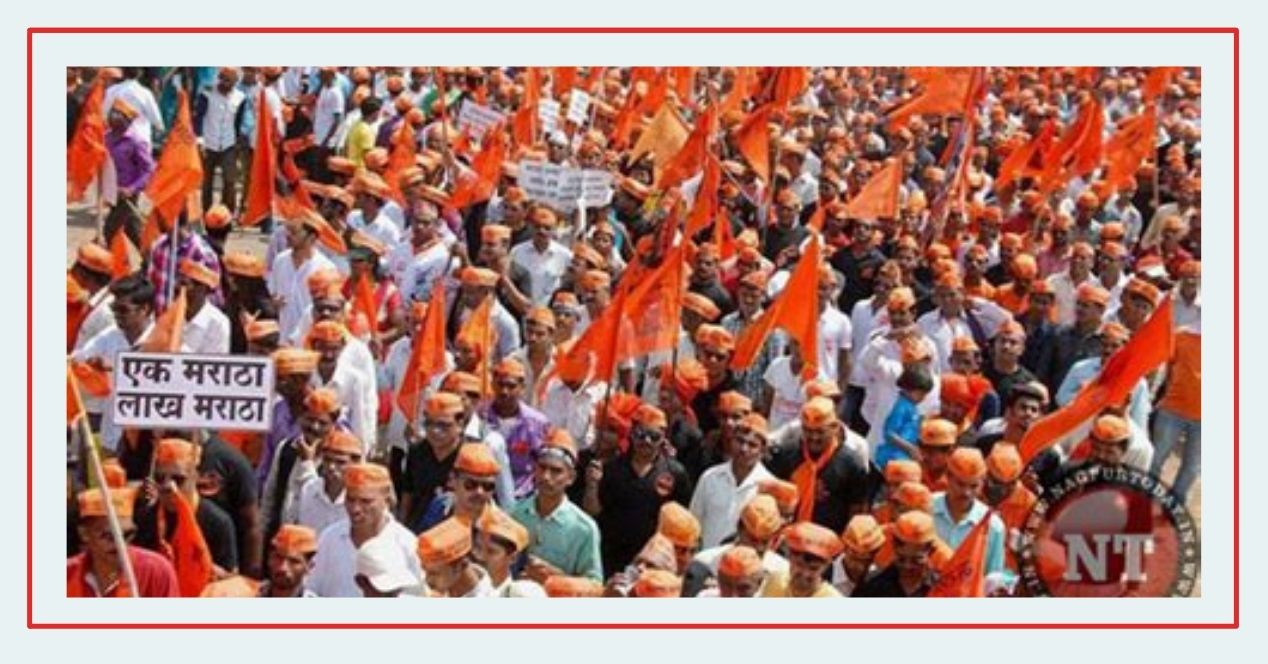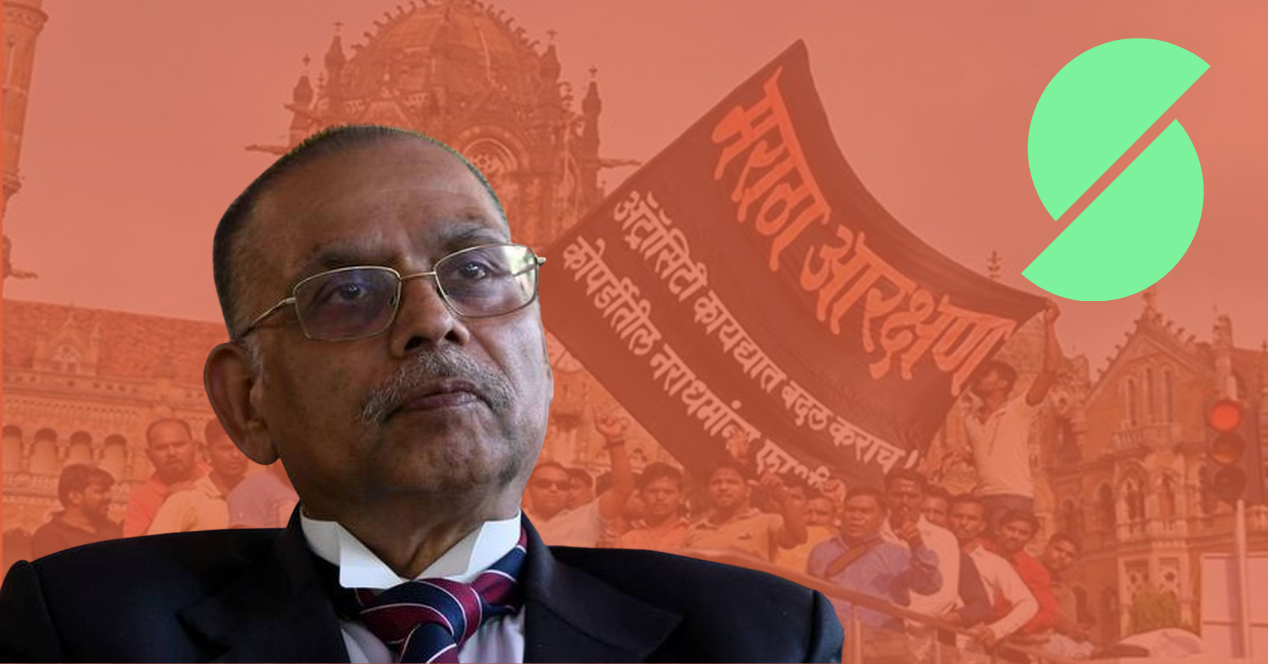Channel
SCO Explains: Maratha Reservations (Part 1)
In this episode of SCO Explains, we look at first part of the Supreme Court's judgment in Jaishri Laxmanrao Patil v. Union of India.
Transcript
In its recent judgment, the Supreme Court read down the provision granting reservations for Marathas. Multiple governments of Maharashtra have tried to provide Maratha reservation since 2014. However, the Bombay High Court had stayed all of these attempts. In 2018, for the first time, an independent commission led by Justice Gaikwad submitted its report in favour of Maratha reservations.
It recommended 12% in further education and 13% in state services. On this basis, the Socially and Educationally Backward Classes Act or the SEBC Act, 2018 was passed. And the Bombay High Court finally upheld this Act. This added on to the 52% of existing reservations in Maharashtra already. When the appeal came to the Supreme Court there were two broad issues. First, whether the 50% limit on reservations could be breached and whether reservations could be granted on the basis of the report. And second, whether states have the power to identify as SEBCs after the 102nd Amendment Act, 2018.
In this part, I will explain the judgment regarding the first set of issues. In the second part, we will deal with the second set. The 50% limit on reservations was first expressed in MR Balaji in 1962. It was applied with varying certainty over the years. However, it’s broadly understood to have been affirmed as a rule in the case of Indra Sawhney in 1992. This common understanding was challenged by the state of Maharashtra in the present case. The bench did not accept the challenge. They unanimously upheld the 50% limit.
They clarified that a majority in any given judgment is determined by looking at the ‘greatest common measure of agreement’ between the judges. They found that in Indra Sawhney, which was a nine judge bench, at least five judges and up to seven judges had agreed that there should be a 50% limit with some narrow exceptions. So even though they used slightly different words, there was a ‘common measure of agreement’. Further, the Supreme Court’s judgments have the status of law. This is especially true when the rule from a judgment has been applied consistently. And the 50% rule has indeed been applied multiple times since Indra Sawhney.
The Bench also clarified the rationale or the reason behind the 50% rule. They said it is about striking an optimal balance. Justice Bhushan highlighted that the provisions for reservation are facets of the general principle of equality. This means that they should be interpreted by the principle of reasonability, which requires a reasonable balance to be struck. Justice Bhat also caste that the limit created a balance between the provision of reservation and the right to not be discriminated against on the basis of cost. The bench also referred to Ambedkar’s speech in the Constituent Assembly in which he said that reservations should be confined to a minority of seats.
While other parts of Indra Sawhney are no longer good law because of Constitutional Amendments, Justice Bhushan held that this does not mean the 50% rule from that case should also be doubted. They are separate matters.
The secondary issue in the case was then whether there were any exceptions to the 50% limit. And if so, whether Marathas fell within those exceptions. Only Justice Bhushan wrote on this issue, but all other judges agreed with his reasoning. He looked back at a specific paragraph in the Indra Sawhney judgment which spoke about exceptions. And though this was not to be read as an exhaustive list, it did give two tests to determine an exception. One of geographic exclusion, when a community hails from ‘far-flung areas’; and the second of social exclusion, due to a community being outside the ‘mainstream of national life’. The Marathas, were none of these. In fact Justice Bhushan went further and held that Marathas were politically dominant, having had multiple Chief Ministers and high representation in the state legislature from their community. They were not backward. Justice Bhushan then went on to look at the Gaikwad commission report. He held that the report was subject to judicial scrutiny as to whether the data supported its conclusions.
He held the Gaikwad commission made two errors. It made a legal error in thinking that quantifiable data was enough to justify an exception, rather than looking at the tests of exclusion. It also made a logical error when it looked at the proportion of Marathas compared to all jobs available. Instead it should have looked at the proportion compared to the number of Open seats.
Since Marathas were in the Open category. If compared within the Open category, it had an adequate amount of representation already. On this basis, sections 4(1)(a), and 4(1)(b) of the SEBC Act were read down such that Marathas could no longer be provided with reservations.
It is also worth noting that both Justice Bhushan and particularly Justice Bhat highlighted the need for affirmative action besides reservation. They talked about free schooling, fee concessions, reservation in contract tenders from the government, and even including the private sector through CSR.



